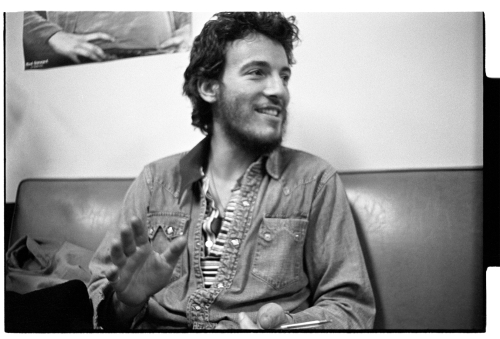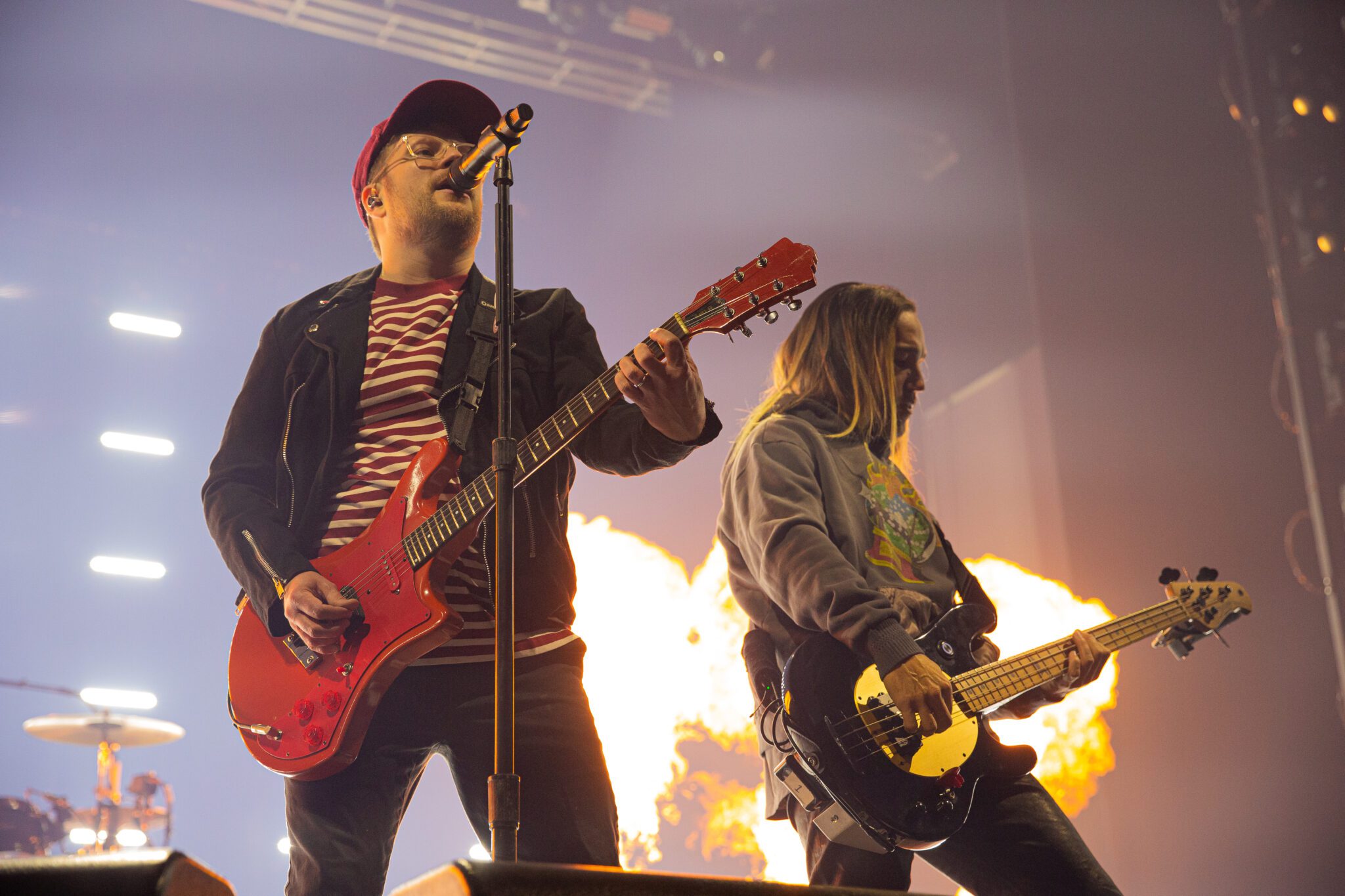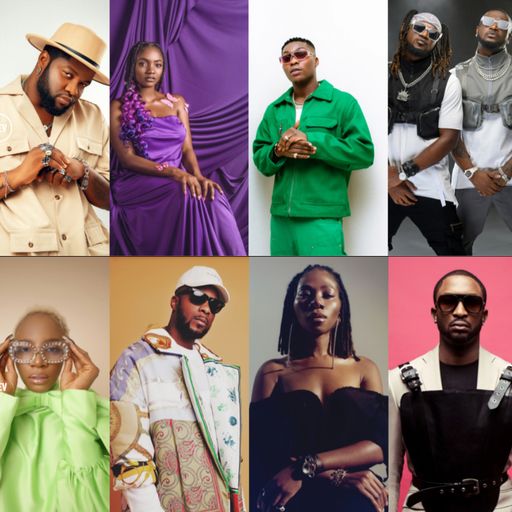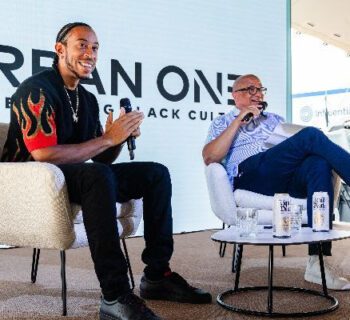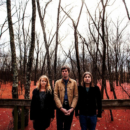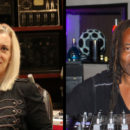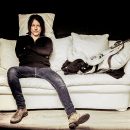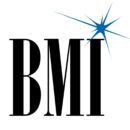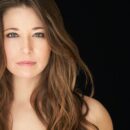Above photo by Roz Levin
Solo Bruce Springsteen stage photo by Henry Diltz, Courtesy of Gary Strobl at the Diltz Archives
Rare Born to Run autographed LP cover, courtesy of the Harvey Kubernik Archives
Sony Music will celebrate the music of Bruce Springsteen next month with a collection of original songs spanning his 50-year recording career, from 1973's Greeting from Asbury Park, NJ to 2020's Letter To You. Best Of Bruce Springsteen will be available on April 19, and issued in physical formats as an 18-track set across 2 LPs or 1 CD - and digitally as an expanded 31-song package.
The compilation will span early-career favorites like "Growin' Up" and "Rosalita (Come Out Tonight)," staples of Springsteen's live shows from "Dancing In The Dark" to "The Rising," "Born To Run," and "Hungry Heart," as well as recent releases "Hello Sunshine" and "Letter To You."
Best Of Bruce Springsteen arrives with an album cover shot by Eric Meola during the Born To Run sessions, as well as new liner notes by Erik Flannigan.
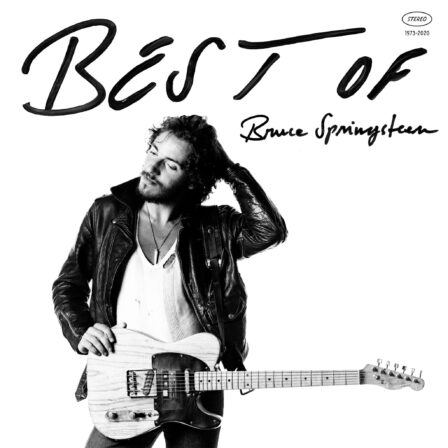
Before the release of Best Of Bruce Springsteen, he'll return to the road with The E Street Band later this month, beginning on March 19 in Phoenix, Arizona for a series of 51 shows across North America and Europe. Continuing their first run together since 2016-2017, Springsteen and The E Street Band's recent tour stops have been hailed as "one of the greatest shows ever" by The Daily Telegraph and "the greatest show on earth" by Billboard.
For over a half a century, Bruce Springsteen and the E Street Band have exemplified the crowd-pleasing, soul-shaking, energy-exploding excitement of rock and roll onstage.
It was on the initial suggestion of legendary A&R man and record producer, John Henry Hammond II of Columbia Records to label head Clive Davis who signed Bruce Springsteen to the company on January 9, 1972, the same night I witnessed the Rolling Stones at the Hollywood Palladium.
In very late April and early May of 1973, Columbia Records President Clive Davis hosted a week of label acts in downtown Los Angeles at The Ahmanson Theater billed as A Week to Remember. Judy Paynter, Director of Press Information at Columbia Records in their Sunset Blvd. office in Hollywood invited me.
I saw Johnny Cash, Miles Davis, the Mahavishnu Orchestra, Charlie Rich, Earth, Wind & Fire, and Billy Paul. Richard Pryor was an emcee one night.
On May 1, 1973 at the venue, Davis showcased Bruce Springsteen alongside Dr. Hook & The Medicine Show and New Riders of the Purple Sage. Springsteen’s played tunes from his just issued January 5th ’73 debut LP Greetings From Asbury Park, N.J.: “Spirit in the Night, “Wild Billy’s Circus Story, “Does This Bus Stop at 82nd Street,” and something called “Thundercrack.” I think he did an encore of “Twist and Shout.”
I’d just interviewed a couple of disco acts, and man, did I need a shot of rock ‘n’ roll which Bruce and his band supplied.
I next saw Springsteen at Doug Weston’s Troubadour club in West Hollywood in 1973. Maybe in February. Perhaps on my birthday, February 26th. Photographer Richard Creamer was with me. A short set. Maybe before or after the Ahmanson appearance. One thing was evident: Bruce meant every word that came out of his mouth.
I have a memory of a March 1973 Springsteen booking at the Santa Monica Civic Auditorium show where Bruce and the group opened for Dr. John and blew the headliner off the stage. What I do remember from that night was holding hands with the girl I was with during “Lost in the Flood.” The run up to that achievement took an entire college semester but was well worth it…
I was in San Francisco the last week of 1973 and bumped into photographer Henry Diltz in North Beach. I first met Henry in 1967 when he was the official photographer for the second season of The Monkees television series filmed on the Columbia lot at Gower Gulch. My mother Hilda worked as a secretary and stenographer there for Raybert Productions and helped typed some of the scripts. Henry had been hired to shoot the July 27, 1973 Columbia and Epic Records Convention at the Fairmount Hotel and snapped pictures of newcomer, Bruce Springsteen, who performed for the label employees.
The most inspirational Springsteen recital I caught in the seventies was probably November 1st 1975 on the campus of U.C. Santa Barbara inside the Robertson Gymnasium. It was seismic. “Saint in the City” stuck in my head the entire 90-minute road trip back to Los Angeles.
Afterwards, I went to one of my favorite spots on La Cienega Blvd. called Ollie Hammond’s Steak House for a hamburger. They had 24-hour service. I look at the next table and there was Bruce. He was staying down the street with the band at the Sunset Marquis. I had a copy of the first pressing of Born to Run at my crib nearby with the different lettering front cover. He later autographed it for me.
Next time Steve, Bruce and the E Street Band were in town in 1976, they packed the Santa Monica Civic Auditorium for two nights on September 29th-30th. I slept outside the box office for ducats. I had to see both shows and only had a press ticket for one of them. I met two new friends at 5:00 am, David Leaf and Michael Hacker. I still talk to them.
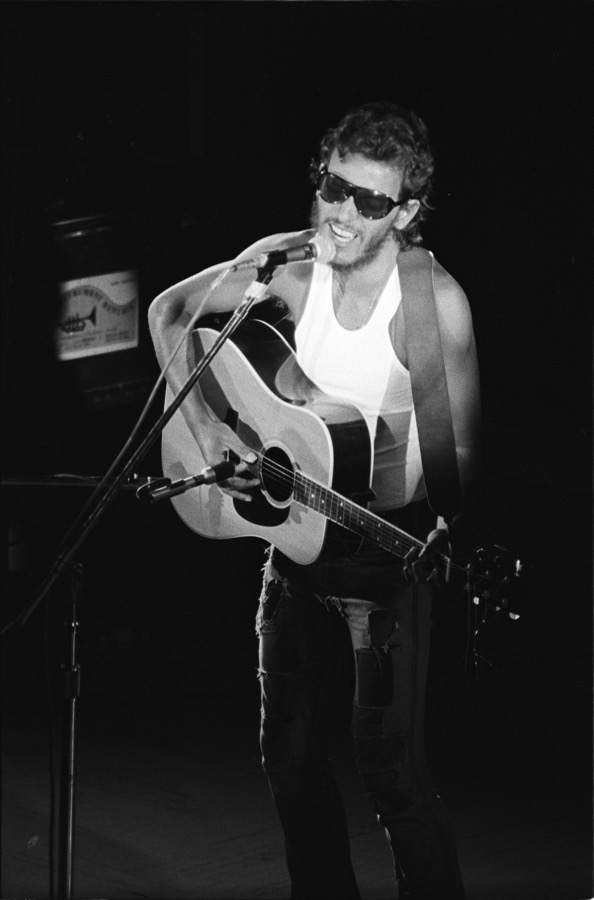
On October 5th, I schlepped up to the Santa Barbara Bowl with a high school pal, Robert Sherman, for another Bruce-induced musical booster shot. I managed to buy some orchestra pit seats and a local surfer girl in Isla Vista also turned us on to McConnell’s Ice Cream. After these power-packed dates, I interviewed E Street Band guitarist and record producer Steven Van Zandt for the November 6, 1976 issue of Melody Maker.
Steve Van Zandt: Miami, Bruce, and Roots
Steve smiles when asked about the outstanding version of 'It's My Life', the Animals classic which has been worked up into a 20-minute mini-drama in Bruce's act.
"That was at a soundcheck," he remembers. "When we do a soundcheck we jam and mess around on songs by the Four Tops, Marvin Gaye and the sixties English things. 'It's My Life' started there. Bein' the brilliant cat he is, Bruce put that rap in which was so revealing.
"Once somebody sees the band, they can't possibly not like it. There's a difference between recording and the live situation. The albums give you a chance to know the songs and lyrics, and then that's expanded playing live.
"It gives you a broader sense of who he is," he argues. "It would be kinda boring to see an identical record.
"Bruce is the best possible boss," he says, munching over a kosher dill. "He's hip enough to let everybody do their own thing, to express in other ways. All that does is make your gig better. When you go back to playing in the band it's like comin' home to foundation and security.
"We look like we have fun on stage 'cause we do. Ninety-nine out of 100 shows I enjoy as much as the audience. I think it shows up there.
"People aren't spectators, they're friends. The people stay with us. We have a real loyal following. In anybody else's case two years between albums would have been a disaster because Bruce Springsteen isn't a household word.
"The people we play to don't like us – they love us. It comes from playing clubs and small theatres two years longer than the business would have suggested.
"Small places have created this thing other bands seem to miss when they go for the bread and the 50,000-seaters. That's cool. It doesn't matter to me."
The E Street Band are one of the few groups around today carrying on traditional rock and roll. "I don't wake up in the morning feeling I'm carrying on a tradition," Van Zandt suggests.
"We're a roots rock group. We're conscious of it. I'm doing things not innovative, but we're always modernizing the situation as much as possible. That's one of the reasons we use Jimmy Iovine as engineer. He's the best. A contemporary cat. We get a balance between us. If I had it my way we'd do the records in mono," he laughs.
"I think it's a prerequisite that it's derivative. It's obvious where it comes from. I just worry it will be considered a throwback or an oldie. These words scare me.
"I go home and someone puts on the new Peter Frampton album, and I then put Sam & Dave's Greatest Hits on the turntable and I feel it was released yesterday. In Bruce's case, he's cool. He's innovative, and creative, and lyrically beyond any problems.
"Every night I hear him change the rap between songs. That's gotta happen. We're not robots or actors. Why write a song or play one if it doesn't change or no-one is getting off? That's why I never understood the top 40 trip.”
In my 2004 book, This Is Rebel Music, Van Zandt explained the bond Bruce Springsteen and the E Street Band have with their devoted audience.
“I know it sounds a bit silly but I do believe rock ‘n’ roll can change the world. It’s about bands, and that for me suggests brotherhood, family, friendship, and community.
“I don’t mean to be blasphemes but I look at rock and roll as a religion. For me it is that kind of thing. People become part of this religion regardless of their age, or what a certain common ground with this type or that I can’t explain but I know exists.
“Because that’s what we do, that’s the job description with a performing artist; you have to be that thing that helps to heal in times of suffering. Sometimes it’s there to celebrate…but you are sort of the ‘voice of the community’, or the sounding board or whatever. In a funny way, I think that rock ‘n’ roll became the church of the community. I know it has been for me…”
During 1977 I interviewed saxophonist Clarence Clemons, “the Big Man” in the E Street Band for the now defunct Melody Maker in Culver City. Clemons was cast in the Metro-Goldwyn-Mayer studio musical drama, New York, New York, directed by Martin Scorsese. Clarence portrayed Cecil Powell. The movie starred Liza Minnelli as Francine Evans and Robert De Niro as Jimmy Doyle. Dick Miller had a part as a club owner. I’m in a crowd scene, and my soon to be friend, Harry E. Northup, played Alabama. Harry had pivotal roles in previous Scorsese movies Mean Streets and Taxi Driver.
In 1978 I was appointed West Coast Director of A&R for MCA Records. In my tenure, I worked on the Denny Bruce-produced John Hiatt album Slug Line, and secured some musicians for his touring band. I helped oversee MCA’s acquisition of ABC Records.
I also suggested and lobbied hard for the pairing of engineer-turned record producer Jimmy Iovine with Tom Petty and the Heartbreakers to team for Damn the Torpedoes. In 2014, Tom penned the forward to my book Turn Up the Radio! Pop, Rock and Roll in Los Angeles 1956-1972.
I initiated the Del Shannon album Drop Down and Get Me which Petty produced. This decade Bruce filmed an interview for a Shannon documentary I’m helping produce and write.
In spring of 1978 I flew to Philadelphia to report on a Bruce Springsteen tour for the June 10, 1978 issue of Melody Maker.
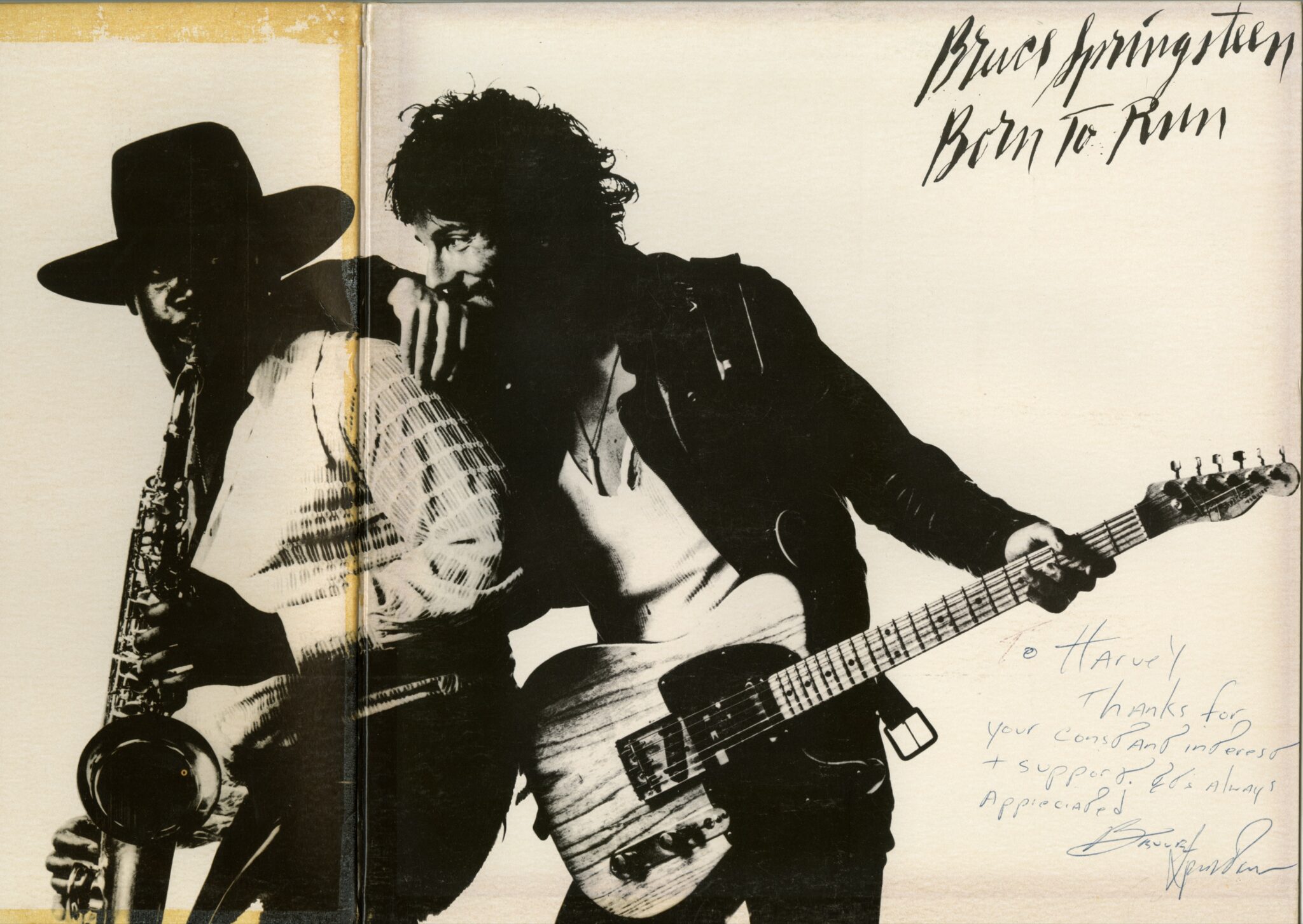
Bruce Springsteen: Reborn and Running Again
EVEN BEFORE the two brilliant concerts at the Spectrum earlier in the week, Bruce Springsteen could have been the Mayor of Philadelphia if he had ever decided to campaign.
Another impressive addition to the Springsteen sound is organist Danny Federici. His playing reminds me of Stevie Winwood and it's logical to find out from bassist Garry Tallent that before Federici joined the band, they used to do a live rendition of “Gimme Some Lovin',” the Spencer Davis song.
Danny does very few solos in the show, but is a functional player who offers well-defined passages and, like the rest of the band, doesn't fall into the trap of egotism. This is team work on display. Danny was also quite pleased by the Philadelphia fan reaction "Bruce has always been popular here, even before I joined the band. He dedicated 'For You' to the audience tonight. They have been with him from the start."
My brother Kenneth and I caught a stellar Springsteen concert on June 29, 1978 in San Jose at The Center for the Performing Arts. Bruce’s road manager put me on the guest list. Backstage, Ken and Bruce shared a bottle of Canada Dry Ginger Ale and discussed David Sancious’ remarkable musical abilities for 15 minutes.
What followed were two early July 1978 Springsteen and Co. Southern California appearances at the Inglewood Forum and Roxy Theater, the second which was broadcast live on KMET-FM. “Prove It All Night” further spotlighted Bruce’s lead guitar prowess, while the churchy “Adam Raised the Cain” underscored a biblical expedition I hadn’t realized on Darkness on the Edge of Town.
Bruce had cited guitarist Michael Bloomfield as an influence to me in a conversation one night at The Starwood club where we saw the Ramones, but Steven was the big Bloomfield fan. “I’ve played Dylan’s songs with Bruce and in top 40 bands earlier,” enthused Van Zandt. “I talk a lot about Bloomfield. Oh my God…One of the greats. The single most unsung guitar hero. Really, right there alongside the holy trinity of (Eric) Clapton, (Jeff) Beck and (Jimmy) Page. Probably next in line as far as influence and importance would be Mike Bloomfield in our early youth growing up. Extremely important.”
On November 1, 1978 I sat with Ian Hunter the bandleader of Mott the Hoople at a Springsteen concert held in New Jersey at Princeton University’s Jadwin Gymnasium. I interviewed Ian in 2000, asking about Springsteen and the E Street Band.
“I liked the band,” offered Hunter. “I wasn’t too sure about Springsteen because - it wasn’t his fault, but clean rock ‘n’ roll came in about that time, and he seemed to be the cigarette. (Laughs.) I was very angry, and I don’t know why, because I saw him again in June 2000 at Madison Square Garden, and I said to him afterwards, ‘Some people are rock ‘n’ roll, a lot of people run around it, but I said I saw a forest tonight.’ I mean, they were great! The first five songs were mind-blowing.
“That’s what I said to him. He’s for real. And also, he tries to change people, he tries to make people better, ya know. That whole kinda quasi-evangelist thing that he does. He’s trying to get a point across there. And it’s funny, but he’s trying to get the point across. And I think he’s a man of the people. I think he’s genuine. The feeling with him I get is genuine. And of course, that band on them middle speeds, there's nobody better. That band is the finest band there is.
“There’s an element of corn there, but people love corn,” emphasized Hunter. “And he knows that. I know that too. Some of the things he does wouldn’t be classed as cool, but then cool is a very overrated thing. There’s a lot of cool people about that I think are absolute idiots.” And then there was Bruce Springsteen and the E Street Band unhinged for two nights in mid-December 1978 at the Winterland Ballroom in San Francisco promoted by Bill Graham. Kenneth and I drove up there in Bruce Gary’s van, who was enjoying long-deserved record business success as the drummer of the Knack. Bruce had jammed with the Knack at The Troubadour.
I was introduced to Bruce’s mother, Adele. I believe his father Douglas was in attendance. Bruce’s sister Pam was there. Go take a listen to the KSAN-FM radio broadcast of that monumental event that’s been in circulation for decades.
Nothing else needs to be written about that weekend I witnessed.
Since then, over the last few decades, Bruce Springsteen and The E Street Band always seem to arrive in my Southern California hometown at the right time in my life when I really need to see and hear them.
In November 2006, Harvey Kubernik was invited to address audiotape preservation and archiving at special hearings called by The Library of Congress held in Hollywood, California. Kubernik is the author of 20 books, including 2009’s Canyon Of Dreams: The Magic And The Music Of Laurel Canyon and 2014’s Turn Up The Radio! Rock, Pop and Roll In Los Angeles 1956-1972. He has also written titles on Leonard Cohen and Neil Young.
Sterling/Barnes and Noble in 2018 published Harvey and Kenneth Kubernik’s The Story Of The Band: From Big Pink To The Last Waltz. In2021 they wrote Jimi Hendrix: Voodoo Child for Sterling/Barnes and Noble.
Otherworld Cottage Industries in 2020 published Harvey’s Docs That Rock, Music That Matters.
His writings are in several book anthologies, including, The Rolling Stone Book Of The Beats and Drinking With Bukowski. Harvey wrote the liner notes to the CD re-releases of Carole King’s Tapestry, The Essential Carole King, Allen Ginsberg’s Kaddish, Elvis Presley The ’68 Comeback Special, The Ramones’ End of the Century and Big Brother & the Holding Company Captured Live at The Monterey International Pop Festival.
On October 16, 2023, ACC ART BOOKS LTD published THE ROLLING STONES: ICONS. 312 pages. $75.00. Introduction is penned by Kubernik.

